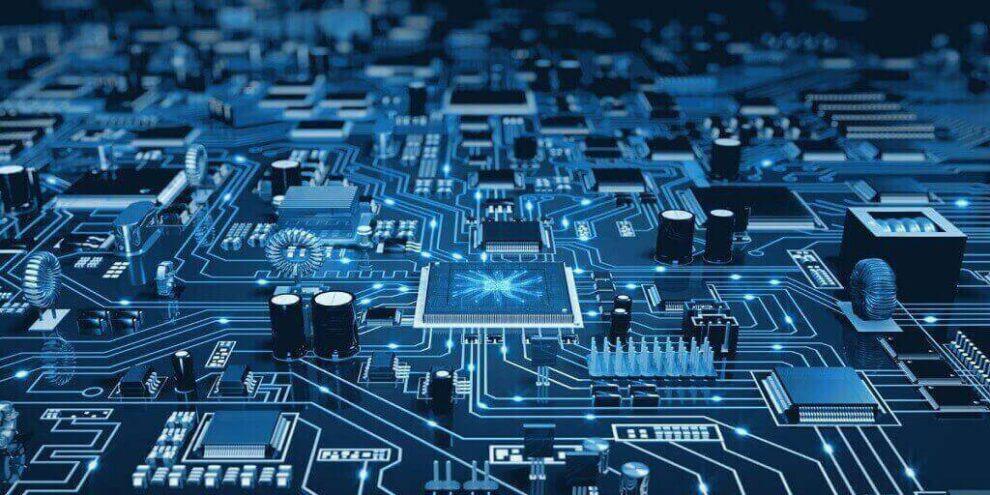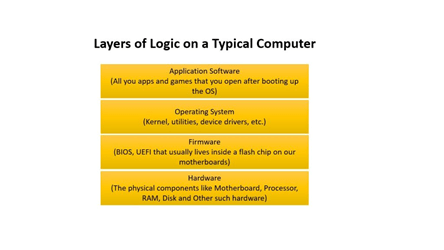Embedded vs Firmware Development: Which to Go for?


In the digital development world, the terms “firmware development” and “embedded development” are often interchangeable. For people far from this area, they may seem identical or similar in meaning. However, both formulations are used to refer to completely different processes. What is the difference between firmware and software development? Sirin Software experts suggest learning from this article.
Embedded Software and Firmware Development – a Brief Definition
To define the characteristics of the terms “firmware” and “embedded” in relation to software, modern technical dictionaries offer the following outlines:
- Firmware is a type of software that is usually embedded directly into the hardware of a device. However, it works without the need for APIs, operating system, or device drivers. It can be thought of as a set of instructions on how the device should work and interact with all other connected hardware and software.
- Embedded Software is a piece of device-specific software that does not belong to a PC. As a rule, it has limitations on processing and used memory.
From these explanations, it can be concluded that firmware and embedded solutions are both computer code in essence, but of varying complexity. To further enhance your project, consider our embedded software systems development services, designed to complement such technological needs. At the same time, developers highlight other features for each of the concepts:
| Embedded firmware | Embedded Software |
| The ability to make code changes for faster and more efficient performance. | Stored in the device’s file system and is extracted for handling user-defined tasks. |
| Stored in the flash memory. | Data is lost upon power shutdowns but can be easily restored through RAM storage access. |
| Difficult to update manually. | Used for executing higher-level tasks. |
Traditional programming languages such as Python, C++, Java, JavaScript are used to create firmware and embedded software. A wide range of embedded development services is used in the creation of embedded firmware design.
Firmware Development and Embedded Development – Areas of Application
From the inside, the software of the device resembles a pyramid consisting of several required levels. Visually, it can be represented as follows:

As you can see from the diagram, firmware development is one of the basic stages of creating software, as it links the hardware and the operating system. In the early days of the digital era, firmware had little or no need to update and was used for a long period. But over time, the progress of embedded development made it possible to use it as an interface for interacting with other devices.
Recently, embedded firmware development has increasingly blurred the distinction between firmware and embedded development. So, for devices with a simpler design, you no longer need to use complex operating systems – the firmware is quite capable of handling this. This entailed changes not only in the embedded firmware design but also led to the use of more modern firmware development services.
Televisions are a good example of using the fruits of embedded firmware development. Modern Smart TV models are equipped with the “traditional” type of firmware required to process low-level signals, as well as to control a wired or wireless interface. At the same time, they also have built-in software – for instance, an OS such as Android, as well as applications that you can install individually.
The redesign of theembedded firmware design has taken the user experience to a higher level, resulting in more than just a device capable of displaying images and sounds.
Future Prospects of Embedded Firmware Development
The development of digital services involves the creation and use of products that will meet the needs of customers. This applies not only to fluid components such as embedded software but also to basic concepts. Embedded firmware development offers several types of firmware:
- Low-level firmware. This is the basic type of firmware. It is directly related to hardware, is stored on non-volatile storage media, but at the same time, it can include structures with OTP and PLA.
- High-level firmware. Due to its ability to be stored on media flash memory, it is more similar in structure to classic firmware. Its main advantage is the ability to update.
- Subsystems. These structures have embedded firmware in semi-independent elements that have the qualities of stand-alone devices with their own processors, flashcards, or LCD blocks.
Embedded development products are indispensable primarily in the fields of mechanical engineering. Robotics, systems such as “Smart Home”, industries that use robotic systems – there are many examples of use. As a firmware development company, we offer specialized services that complement these sectors, ensuring comprehensive solutions for your technical needs. At the same time, not only software reinstallation services are available on the software development market but also firmware development services, which allow expanding the capabilities of user devices.
Summary
The needs of the modern market – and in particular the IoT market – affect the development of the computer software creation niche. There are two main directions in this area: the creation of new applications and the modernization of hardware components. Firmware development is a complex of professional services from Sirin Software, which will help to bring the use of software and hardware products to a new level of performance and convenience.